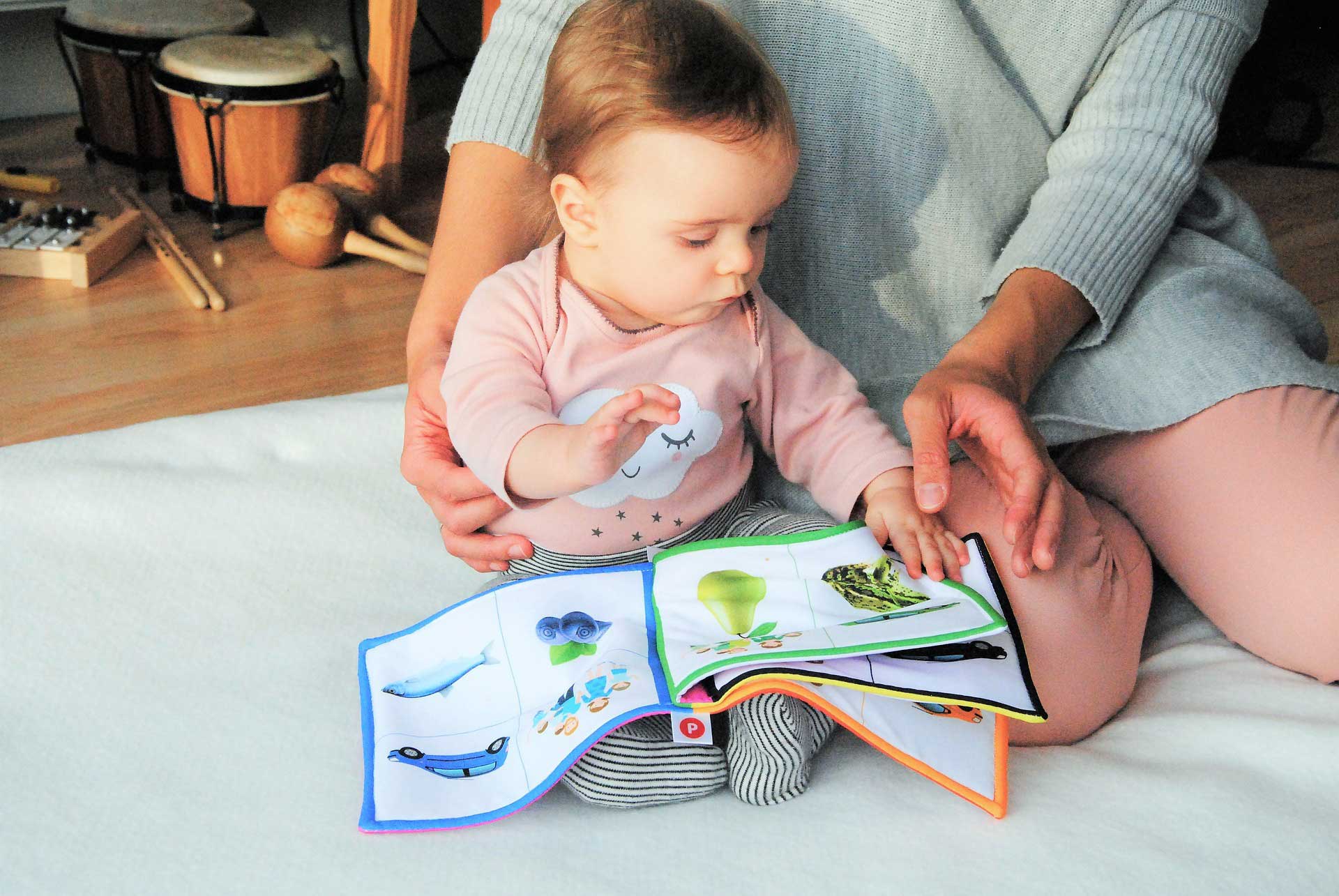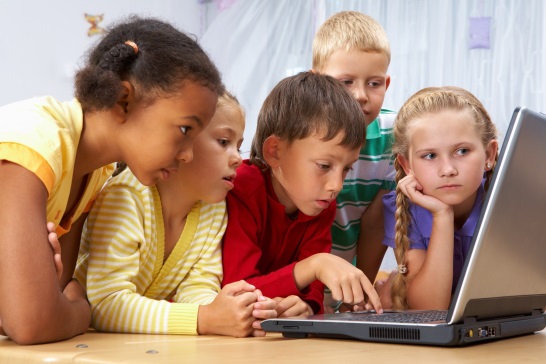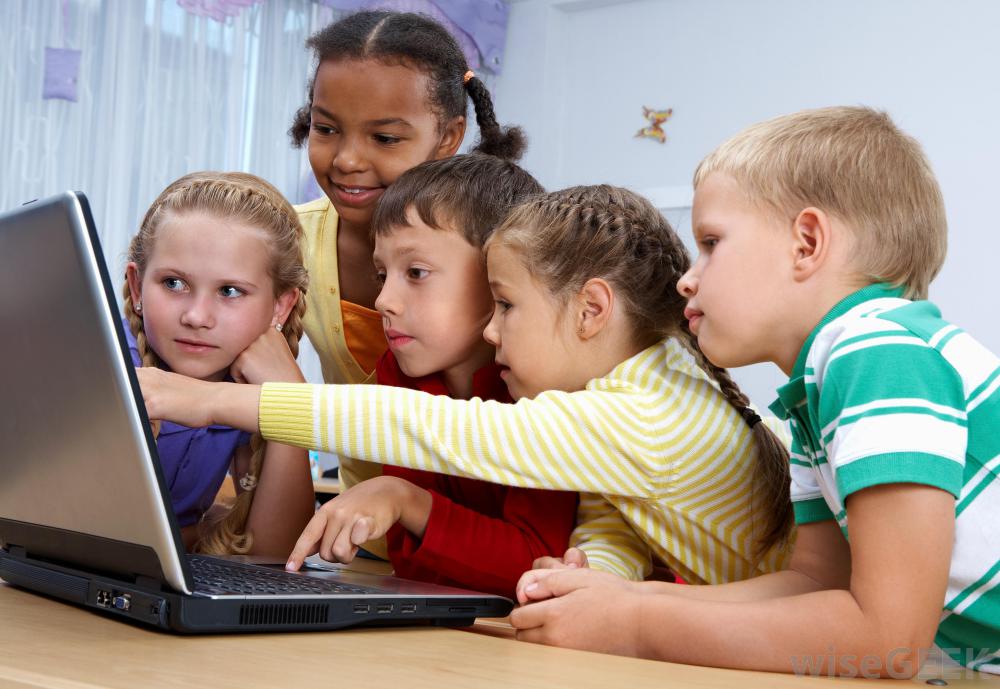Start now
it's never too late to learn new things. But the earlier you start the faster and easier it will be.
learn only useful things
don't waste time on useless things such as what they teach in school.
use the web
Learning to learn is much more useful from learning to repeat after teachers.

Teach Your Child A Second and Third Language
The best time to teach kids a second and third language is the same time they're learning their first one. And the best teacher for that is the mother, even if she do not know the other languages. make sure your kid getting fluent in your local and another 2: Your country's language, English, Mandarin-Chinese, or Spanish.
There is a “Critical Period” where a child’s ability to learn a new language diminishes as they get older. It doesn’t mean that older children can’t still learn a foreign language. It may just mean they learn differently, or it may not be as easy. Introducing a language early on will give your child the best chance at mastering a foreign language as they get older.
Start now, no matter how old your child is. Even babies can learn a foreign language if they are exposed from birth.
Kids at early age are developing language skills rapidly, and they quickly absorb whatever they hear. They can learn to understand new words in two or three different languages at an incredibly fast rate. In our increasingly global world, kids will benefit so much from knowing more than one language.
Exposing a kids to other languages will not only help them learn about other cultures. Research has shown that bilinguals tend to be more creative thinkers than those who speak one language, and one study suggests that their brain functions may stay sharper as they age.
Start now.
The earlier you introduce a second language, the easier it will be for your child to pick up its unique sounds. The ability to hear different phonetic pronunciations is sharpest before age 3, and we lose the capacity to hear and produce certain sounds if we aren't exposed to them early on. So just hearing a television show, listening to music, or learning a few words in a second language will give your child essential tools for appreciating it now and learning to speak it later.
Create a casual learning environment.
The best way for a child to learn to understand a new language is for him to hear people speaking it fluently. If he's exposed to conversations, he'll begin to pick up the sounds and the natural accent. Choose a language that is spoken in English and Chinese, on an iPad that your child can watch regularly. If you have a bilingual babysitter, encourage her to speak her native language to your child exclusively. Two- and 3-year-olds love to mimic what they hear, and soon they'll begin to understand the meanings of short words and phrases.
Teach a word at a time.
If you don't want to do formal lessons, you can introduce bilingual basics by pointing out to your child that objects can have two names - one in each language. When a baby sees a spider, he'll say 'spider' in English and then say it in Chinese. He knows they mean the same thing. As your child learns new words, tell him what they're called in the other languages too.
Have reasonable expectations.
Of course, a child won't learn to speak another language fluently from hearing words, watching videos, or singing songs. But simply being exposed to a language will help them to understand phrases when they hears them. So even though you probably won't be having a Chinese conversation with your child very soon, if you say "Wan An" every night at bedtime, they'll figure out what you mean.
Start teaching the basics
Even if you don’t know the foreign language you are teaching, you can start with the basics. Just hearing the target language can help children get an ear for the different tones.
Learn the colors and shapes together, learn to count together, and sing songs. Label things around the house and practice identifying them.
One the most effective ways to teach your child a foreign language is by listening to music, so have songs playing in the background constantly and after a while your child will be bopping along singing the words.
Engaging in activities that your child loves and make language learning enjoyable. Children learn better when they are having fun. Whether it be playing games, or drawing, take advantage of play time together to introduce new vocabulary and phrases.
Take advantage of foreign language resources
When teaching your child a foreign language, online free resources such a YouTube will be your best friend. Research online for things such as online foreign language lessons. Use screen time to your advantage and allow your child to watch their favorite cartoons or tv programs in a foreign language.
You can find an exhaustive list of language resources on YouTube, and We have a free mini course of online video and audio lessons.
Seek outside support
Outside support can be very helpful when you don’t speak a second language yourself. Find a mother that speaks other language in your area and simply join together to exchange knowledge and practice on daily basys. talking 1 or 2 hours a day with a native speaker in the target language will be a great help, even if you can only manage a couple of times per week. Learning a second language can work the best with enough exposure to a native speaker.
Find opportunities to practice the target language
While language classes, groups, and other study materials will set down a good foundation for language learning, you will need to find ways for your child to actually practice what they have learned. It isn’t enough to simply listen or study words. Children need to use a language to master it.
Hiring a bilingual nanny, or even hosting an "exchange student" with forign friends from your neighborhood are great ways to teach your child a foreign language. Having a native speaker around in a natural environment will help your child learn the language in a natural way and give them plenty of time to practice.
Join social groups with people who speak the language or travel to countries where the language is spoken to give your child more exposure.
Find your child a FaceTime/online friend from a foreign country so they can practice their writing skills, and learn about the culture as well as the language.
In other words, find people or situations where you are surrounded by people who speak the language your child is learning. It won’t be easy, and it won’t happen overnight. But teaching your child a foreign language is a gift that can last a lifetime.
Play and Learn
kids will learn fast and effectively if they are doing it while having fun. make sure they enjoying, laughing, and exciting to watch online content in different languages.
Here are some things to remember:
Try "one person, one language. It's helpful to have one adult speak only the second language to your child so they doesn't get just pieces of it.
Expect minor mix-ups. It's natural for a child to confuse the word order or use words from both languages in the same sentence. He'll quickly learn to separate the languages.
Don't underestimate her progress. Even though many people think learning two languages causes speech delays, that is not the case. Your little one might say fewer English words than other kids his age, but if you add in the words he knows in his/her second language, his/her total number of words will probably be more than that of her peers.

Teaching Kids To Code
Basic programming has become an essential skill for grown-ups and children alike. And the benefits of picking up this skill, especially for kids, are huge: Learning how to build simple websites and games helps kids refine their design, logic, and problem-solving abilities. It also allows them to express ideas and creativity in unique ways. Every kid in should have the opportunity to learn to code. Teaching kids to code should go hand in hand with reading, writing, and arithmetic. IT IS THEIR FUTURE!
We all know that we are living in a different world since the iPhone made. A totally different world - a world that has been turned inside out, upside down, backward, forwards & all around. Society is changing, studies predict that as early as 2020 we are going to be 1,000,000,000 short of coders. Computer science is among the highest paid career of college graduates. It is imperative that more kids take an interest and learn to code. Schools, educators, and parents everywhere need to be promoting this kind of classes or we are going to be left in the dark.
The following are 15 reasons why our kids need to learn how to code:
1. Teaches you how to think
"I think everybody in this country should learn how to program a computer because it teaches you how to think."
— STEVE JOBS, THE LOST INTERVIEW
2. Achieve your dreams
"If you can program a computer, you can achieve your dreams. A
computer doesn't care about your family background, your gender, just
that you know how to code. But we're only teaching it in a small handful
of schools, why?"
Dick Costolo - CEO, Twitter
3. We need talent
"Our policy at Facebook is literally to hire as many talented
engineers as we can find. There just aren't enough people who are
trained and have these skills today."
Mark Zuckerberg - Founder, Facebook
4. You won't be left behind
"One hundred years ago, people were faced with the choice of
learning to read or remaining illiterate laborers who would be left
behind as have-nots in a rapidly modernizing world. In the coming
century, being able to command the world that will be thoroughly
computerized will set apart those who can live successfully in the
future from those who will be utterly left behind."
Yishan Wong - CEO, Reddit
5. Gives you superpowers
"I believe technology should give us superpowers. Everyone
should have the opportunity to learn to think, analyze, and create with
technology."
Hilary Mason - Chief Scientist, Bitly
6. Unlock creativity & open doors
"Every student deserves the opportunity to learn computer
programming. Coding can unlock creativity and open doors for an entire
generation of American students. We need more coders -- not just in the
tech industry, but in every industry."
Mark Pincus - CEO and Founder, Zynga
7. Coding is the new literacy
"Code has become the 4th literacy. Everyone needs to know how our digital world works, not just engineers."
Mark Surman - Executive Director, The Mozilla Foundation
8. Prepare for the future
"To prepare humanity for the next 100 years, we need more of our
children to learn computer programming skills, regardless of their
future profession. Along with reading and writing, the ability to
program is going to define what an educated person is."
Salman Khan - Founder, Khan Academy
9. Need for diversity and multiple perspectives
"We must work diligently to democratize computer science
learning so that no group is denied access to this fundamental
knowledge. Not only is this an issue of civil rights, but computer
science as a field desperately needs diverse and multiple perspectives."
Jane Margolis - Senior Researcher and Author, UCLA
10. We all depend on technology
"Here we are, 2013, we ALL depend on technology to communicate,
to a bank, and none of us know how to read and write code. It's
important for these kids, right now, starting at 8 years old, to read
and write code."
will.i.am - Musician/The Black Eyed Peas and Entrepreneur
11. Think about thinking
"Programming allows you to think about thinking, and while debugging you learn to learn."
Nicholas Negroponte - Founder and Chairman Emeritus of MIT's Media Lab
12. Be creative, problem solve and learn teamwork
"Are you creative? Do you love problem-solving? Is teamwork a
strength? Do you want to have the power to change the world? If "yes" to
all of these, then computer science - programming - is for you!"
Ed Lazowska - Computer Science & Engineering, University of Washington
13. Feel empowered, gain confidence
"Learning to code makes kids feel empowered, creative, and
confident. If we want our young women to retain these traits into
adulthood, a great option is to expose them to computer programming in
their youth."
Susan Wojcicki - Senior Vice President, Google
14. It’s a necessary 21st Century skill
"All of the today’s kids will need—along with reading, writing,
and arithmetic—a basic understanding of computation and the role that it
plays across a wide range of disciplines. Coding is engaging and
empowering. It’s a necessary 21st Century skill."
Jan Cuny - Program Officer, National Science Foundation
15. Help Humanity
"I think if someone had told me that software is really about
humanity, that it's really about helping people by using computer
technology, it would have changed my outlook a lot earlier."
Vanessa Hurst - Co-founder, Girl Develop It

Free Websites That Teach Kids Programming
There are a number of FREE and low-cost websites that teach children how to play around with code. We've rounded up a dozen of our favorites below.
Code.org
This nonprofit foundation website is a great starting point for coding novices. It shares plenty of useful online resources, apps, and even local schools that teach coding. Be sure to watch the inspirational video on the main page. Updated periodically, the current iteration features some of the biggest names in tech talking about how they got started in coding.
CodeAcademy
This interactive website is user-friendly and teaches kids basic code through fun, simple exercises that feel like games.
Code Avengers
While Code Avengers lacks the eye-catching graphics of other options, it does offer a series of free intro classes in building web pages, apps, and games. Get started with the seven-day free trial, which grants access to the first five lessons in each course, ranging from Python, to web development, JavaScript, and more. If you like what you see, register for a membership plan that cost $29/month and requires no long-term commitment. A six-month plan costs $150.
Code Combat
Best for older kids, Code Combat uses an interactive, competitive gameplay mode to stimulate learning. Kids can be online, playing in seconds; advanced skills do come with a cost. FREE
Codemoji
Put those ubiquitous emojis to work in an educational way with this website that eschews complex codes for user-friendly expressions, quite literally. Kids learn to code by using emojis to substitute for html or css codes. They'll have so much fun, they won't realize the work they're putting in. Codemoji plans start at $7/month or $20 for four months, but include up to five kids' accounts.
Code Monster
Particularly good for kids, Code Monster features two adjacent boxes. One displays code, the other shows what the code does. As you play with the code (with some help from a prompt), you learn what each command does. FREE
Khan Academy
Known for its extensive and challenging math games, Khan Academy also has basic programming tutorials that teach kids how to build graphics, animations, interactive visualizations, and more. FREE
Kodable
Kodable has built a full-fledged coding curriculum for kids ages 4-10. Kindergartners can learn basic programming logic and build from there so that by the time they're in fifth grade, they're writing JavaScript code. Widely used in schools, personal plans start at $6.99/month; or $59.99 if you commit to a year. All plans come with a seven-day free trial. Kodable is also available on iOS devices.
Lightbot
Predominantly an app-based program, Lightbot's low-cost programming apps are all-ages friendly. Available for iOS, Android, and Amazon devices for $2.99.
Scratch
Designed by MIT students and aimed at children ages 8 to 16, this easy-to-use programming language lets kids build almost anything they can dream. There are no obscure lines of code here. Instead, arrange and snap together Scratch blocks as if they were virtual Legos. But it's more than just a coding guide, it's a vibrant online community of programmers who swap ideas and inspiration. FREE
Stencyl
Inspired by Scratch's snapping blocks system, this software allows users to create simple games for iOS, Android, Flash, Windows, Linux, and Mac systems. If your child is serious about it, there are paid pro plans that come with advanced functionality.
Tynker
Like many popular coding programs, Tynker works with interlocking blocks of code, making coding language accessible to beginners. Classes are broken down into recommended-age categories for easy entry points. There are limited free options, and Tynker plans range from $20/month (billed quarterly) to $240 for a lifetime membership. Each child needs their own account, but multi-child discounts are available and there are occasional sales, too.
Bonus
Looking to teach your kids code on the go? Coding apps Daisy the Dinosaur, Hopscotch, and the brand new Google-backed Grasshopper are great resources.